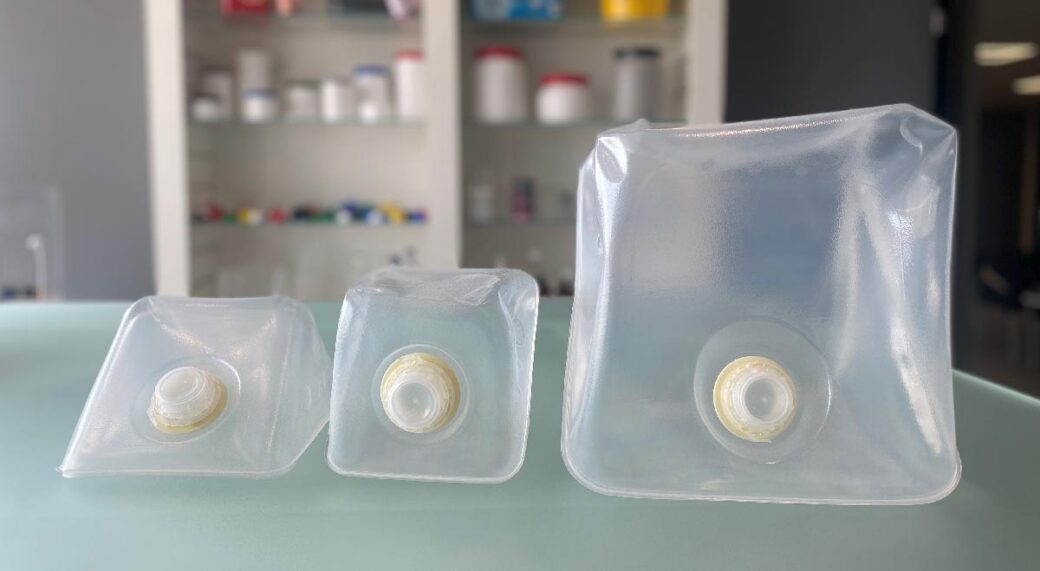At what decibel limit does hearing protection become mandatory?
The use of hearing protection becomes mandatory when an employee is exposed to a daily dose of noise that exceeds 85 dB(A). This is not a hard and fast rule. The level of hearing protection depends on the amount of noise to which you are exposed, and the kind of work that you do. For example, if you work in an environment with extreme levels of noise (like a take-off and landing runway at an airport), then you wear ear muffs with the highest noise reduction.
The risk of hearing loss caused by noise begins in a workplace with an average daily noise level of 80 dB. In workplaces where the noise exceeds this level, the Health and Safety Act stipulates that employers must take measures to reduce the exposure of their employees to noise. This can involve acoustic engineering (for example, sound insulation) or changing work procedures or using personal hearing protection equipment. The necessity for this level of volume must be included in the RI&E (Risk Inventory and Evaluation).
Employers are obliged to protect their employees against the risk of hearing loss due to the noise. The company must take specific measures to ensure this. They include carrying out a RI&E, providing hearing protection for employees who are exposed to dangerous levels of noise, or adjusting work procedures if possible. The necessity for these steps must also be included in the RI&E.
Employers must ensure that their employees are aware of the risks of exposure to noise. This includes training in the use of hearing protection and safe working methods in noisy environments. As an employer, you must inform your employees about the measures taken to protect their hearing and what their rights are according to the Health and Safety Act legislation.
At Houweling Group we have 3M hearing protection equipment in our PPE assortment. Take a look in our webshop or contact one of our specialists.







